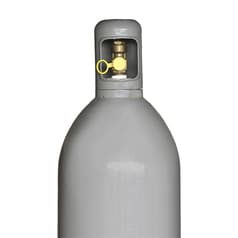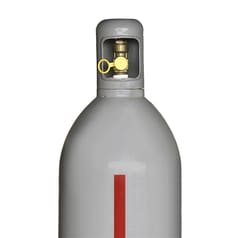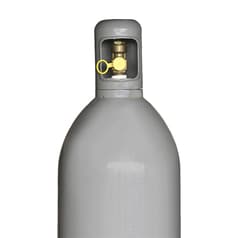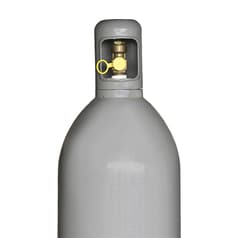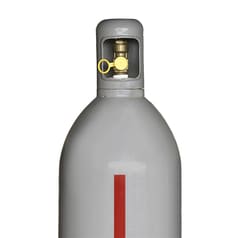Pour bénéficier d’un affichage optimal de la boutique en ligne de PanGas, vous avez besoin pour le navigateur de la version minimale suivante:
• Internet Explorer 9.0
• Mozilla Firefox 38
• Safari 8
• Chrome 45
Veuillez vous assurer que JavaScript est activé dans les paramètres de votre navigateur.
Thermal spraying
A technique in which metal is melted onto a surface by means of a thermal spray gun so that the properties of the part are improved
In thermal spraying, the heat input into the base material can be very high. The torch and especially the hot particle introduce enormous amounts of heat into the surface of the component, which must be dissipated. If this heat cannot be dissipated by the component itself, it must be supported by external cooling. As permissible component temperatures, a range between 100 and 200 °C (upper limit depending on the type of base material) has proven beneficial. In various applications, temperatures of 500 °C and above are also permitted to obtain the desired coating properties.
Cooling breaks are generally the least economical solution, because during this time the work area is blocked and economic work is no longer possible. Sufficient cooling during spraying offers the ideal solution.
Cooling concept from Linde
Our LINSPRAY® CO2 cooling concept offers the perfect solution including hardware, tailored to thermal processes and the right gas supply for small applications by bundles or by a tank supply combined with a pressure boost by a PRESUS C, for series applications. Compared to other cooling processes that use air or nitrogen, CO2 is a very effective cooling medium. Although liquid nitrogen has an extremely low temperature (-195 °C), this cooling capability cannot be used effectively because the so-called Leidenfrost effect, a gas cushion between the workpiece and the liquid nitrogen, acts as an insulating layer.
In a CO2 cooling system, liquid CO2 is also used, which upon exiting the nozzle immediately creates CO2 snow particles, which penetrate the existing insulating layer and thus allow direct contact with the part. Here the CO2 snow sublimates, achieving maximum cooling performance. The CO2 cooling system is supplied as a complete system with all components required for operation. To meet individual requirements, special nozzles have been developed, which are available in different sizes, and with which the cooling performance can be customised


